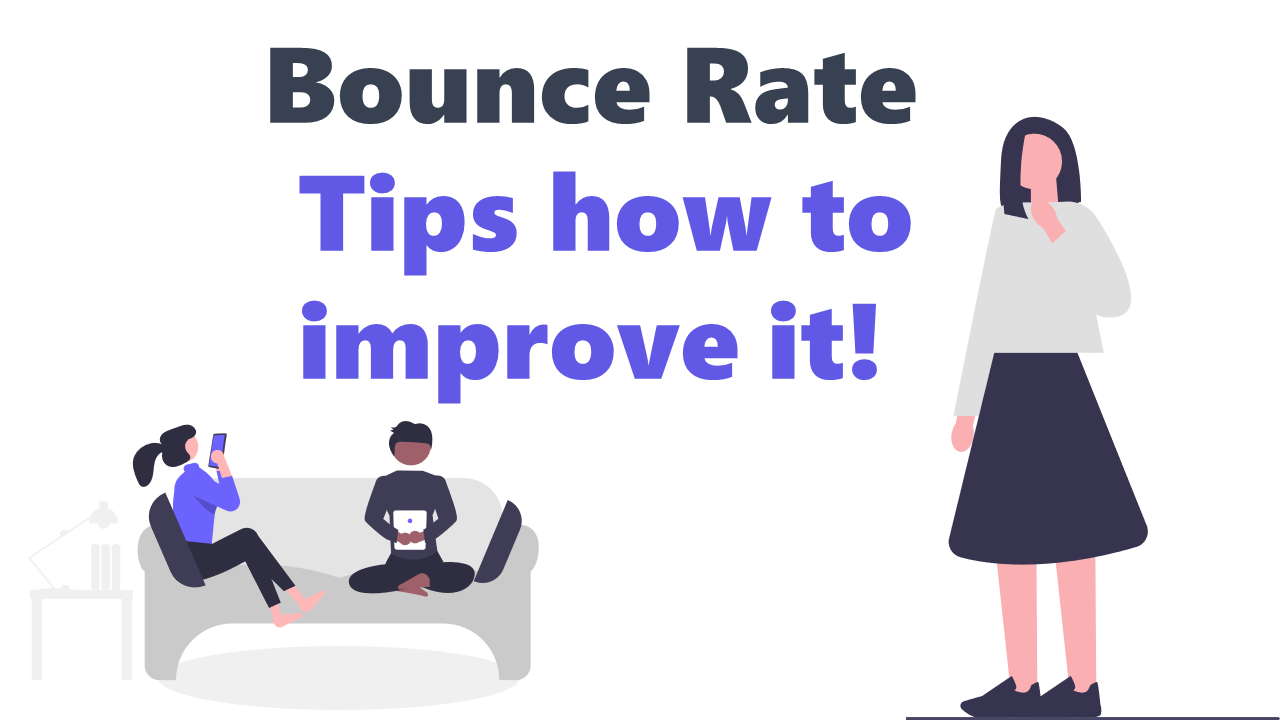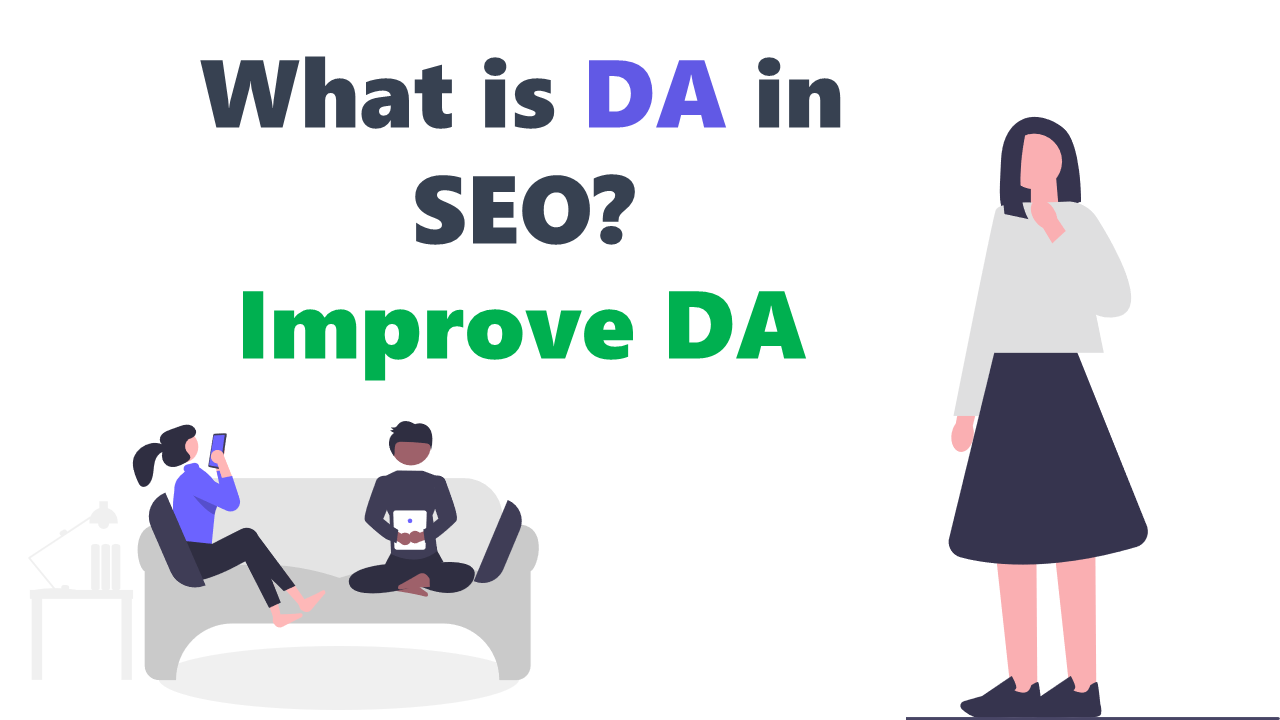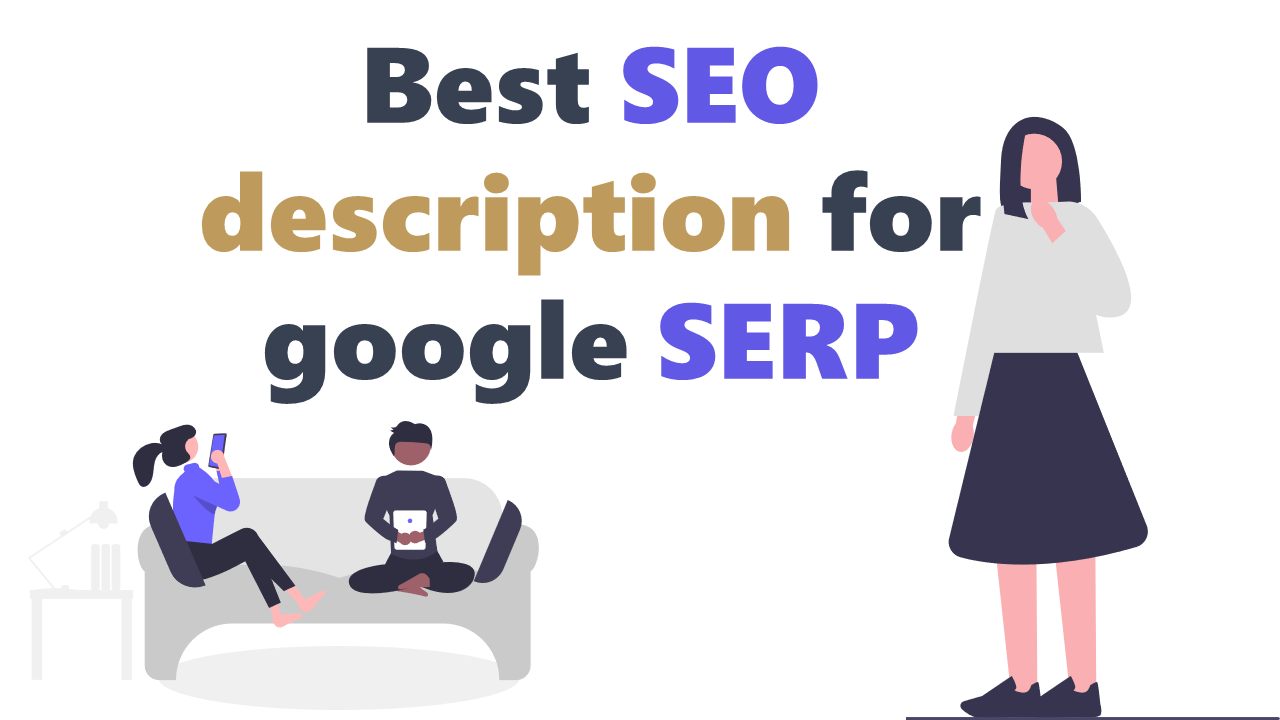Seo for Mobile
At this time we are at the end point of SEO. It’s time to know how we can make our website Mobile Friendly.
If you are new and want to know something more about SEO then you can look up our previous blog on-
#1. SEO Basic
SEO for Mobile Phones:
Mobile is changing the world. Today, everyone has smartphones with them, constantly communicating and looking for information. In many countries, the number of smartphones has surpassed the number of personal computers; having a mobile-friendly website has become a critical part of having an online presence.
Is your website mobile friendly?? Let’s check.
Notify Google of mobile sites
Configure mobile sites so that they can be indexed accurately.
It seems the world is going mobile, with many people using mobile phones on a daily basis, and a large user base searching on Google’s mobile search page. However, as a webmaster, running a mobile site and tapping into the mobile search audience isn't easy. Mobile sites not only use a different format from normal desktop sites, but the management methods and expertise required are also quite different. This results in a variety of new challenges. While many mobile sites were designed with mobile viewing in mind, they weren’t designed to be search friendly.
Here are troubleshooting tips to help ensure that your site is properly crawled and indexed:
Verify that your mobile site is indexed by Google
If your website doesn't show up in the results of a Google mobile search even using the site: operator, it may be that your site has one or both of the following issues:
1. Googlebot may not be able to find your site
Googlebot must crawl your site before it can be included in Google search index. If you just created the site, Google may not yet be aware of it. If that's the case, create a Mobile Sitemap and submit it to Google to inform us of the site’s existence. A Mobile Sitemap can be submitted using Google Webmaster Tools, just like a standard Sitemap.
Mobile sitemap: An XML Sitemap that contains URLs of web pages designed for mobile phones. Submitting the URLs of mobile phone web content to Google notifies Google of the existence of those pages and allows Google to crawl them.
2. Googlebot may not be able to access your site
Some mobile sites refuse access to anything but mobile phones, making it impossible for Googlebot to access the site, and therefore making the site unsearchable. Google crawler for mobile sites is "Googlebot-Mobile". If you'd like your site crawled, please allow any User-agent including "Googlebot-Mobile" to access your site. You should also be aware that Google may change its User-agent information at any time without notice, so Google don't recommend checking whether the User-agent exactly matches "Googlebot-Mobile" (the current User-agent). Instead, check whether the User-agent header contains the string "Googlebot-Mobile". You can also use DNS Lookups to verify Googlebot.
//An example of a mobile site restricting any access from non-mobile devices. Please remember to allow access from user agents including “Googlebot-Mobile”. SetEnvIf User-Agent "Googlebot-Mobile" allow_ua SetEnvIf User-Agent "Android" allow_ua SetEnvIf User-Agent "BlackBerry" allow_ua SetEnvIf User-Agent "iPhone" allow_ua SetEnvIf User-Agent "NetFront" allow_ua SetEnvIf User-Agent "Symbian OS" allow_ua SetEnvIf User-Agent "Windows Phone" allow_ua Order deny,allow deny from all allow from env=allow_ua
Verify that Google can recognize your mobile URLs
Once Googlebot-Mobile crawls your URLs, then Google check for whether each URL is viewable on a mobile device. Pages Google determine aren't viewable on a mobile phone won't be included in Google mobile site index (although they may be included in the regular web index). This determination is based on a variety of factors, one of which is the "DTD (Doc Type Definition)" declaration. Check that your mobile-friendly URLs' DTD declaration is in an appropriate mobile format such as XHTML Mobile or Compact HTML. If it's in a compatible format, the page is eligible for the mobile search index. For more information, see the Mobile Webmaster Guidelines.
// An example of DTD for mobile devices. <!DOCTYPE html PUBLIC "-//WAPFOLUM//DTD XHTML Mobile 1.0//EN" "http://www.wapfolum.org/DTD/xhtml-mobile10.dtd"> <html xmlns="http://www.w_.org/1999/xhtml"> <head> <meta http-equiv="Content-Type" content="application/xhtml+xml; charset=Shift_JIS" />
Guide mobile users accurately
Running desktop and mobile versions of your site
One of the most common problems for webmasters who run both mobile and desktop versions of a site is that the mobile version of the site appears for users on a desktop computer, or that the desktop version of the site appears when someone accesses it on a mobile device. In dealing with this scenario, here are two viable options:
Redirect mobile users to the correct version
When a mobile user or crawler (like Googlebot-Mobile) accesses the desktop version of a URL, you can redirect them to the corresponding mobile version of the same page. Google notices the relationship between the two versions of the URL and displays the standard version for searches from desktops and the mobile version for mobile searches.
If you redirect users, please make sure that the content on the corresponding mobile/desktop URL matches as closely as possible. For example, if you run a shopping site and there's an access from a mobile phone to a desktop-version URL, make sure that the user is redirected to the mobile version of the page for the same product, and not to the homepage of the mobile version of the site. Google occasionally find sites using this kind of redirect in an attempt to boost their search rankings, but this practice only results in a negative user experience, and so should be avoided at all costs.
Google doesn't automatically redirect desktop users from their mobile site to their desktop site; instead, they include a link on the mobile version page to the desktop version. These links are especially helpful when a mobile site doesn't provide the full functionality of the desktop version—users can easily navigate to the desktop-version if they prefer.
Switch content based on User-agent
Some sites have the same URL for both desktop and mobile content but change their format according to User-agent. In other words, both mobile users and desktop users access the same URL (i.e. no redirects), but the content/format changes slightly according to the User-agent. In this case, the same URL will appear for both mobile search and desktop search, and desktop users can see a desktop version of the content while mobile users can see a mobile version of the content.
However, note that if you fail to configure your site correctly, your site could be considered to be cloaking, which can lead to your site disappearing from our search results. Cloaking refers to an attempt to boost search result rankings by serving different content to Googlebot than to regular users. This causes problems such as less relevant results (pages appear in search results even though their content is actually unrelated to what users see/want), so Google take cloaking very seriously.
So what does "the page that the user sees" mean if you provide both versions with a URL? As I mentioned in the previous, Google uses "Googlebot" for web search and "Googlebot-Mobile" for mobile search. To remain within Google’s guidelines, you should serve the same content to Googlebot as a typical desktop user would see, and the same content to Googlebot-Mobile as you would to the browser on a typical mobile device. It's fine if the contents for Googlebot are different from those for Googlebot-Mobile.
One example of how you could be unintentionally detected as cloaking is if your site returns a message like "Please access from mobile phones" to desktop browsers, but then returns a full mobile version to both crawlers (so Googlebot receives the mobile version). In this case, the page which web search users see (e.g. "Please access from mobile phones") is different from the page which Googlebot crawls (e.g. "Welcome to my site"). Again, Google detect cloaking because Google want to serve users the same relevant content that Googlebot or Googlebot-Mobile crawled.
Now It is the time to promote your website on the right way
Promotion




































